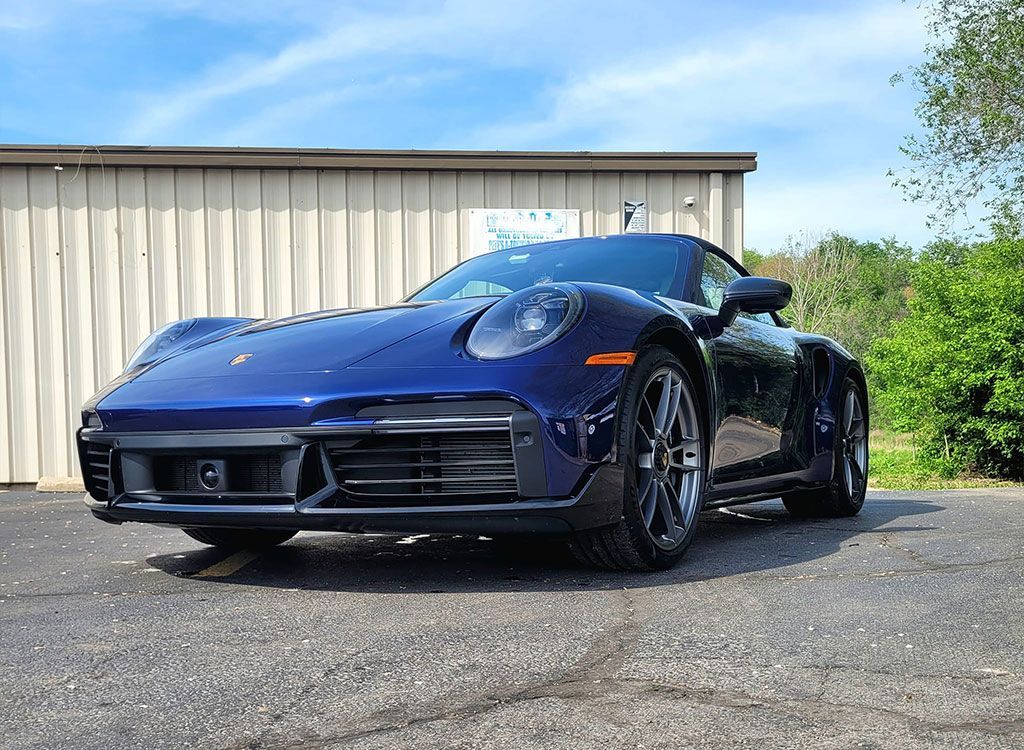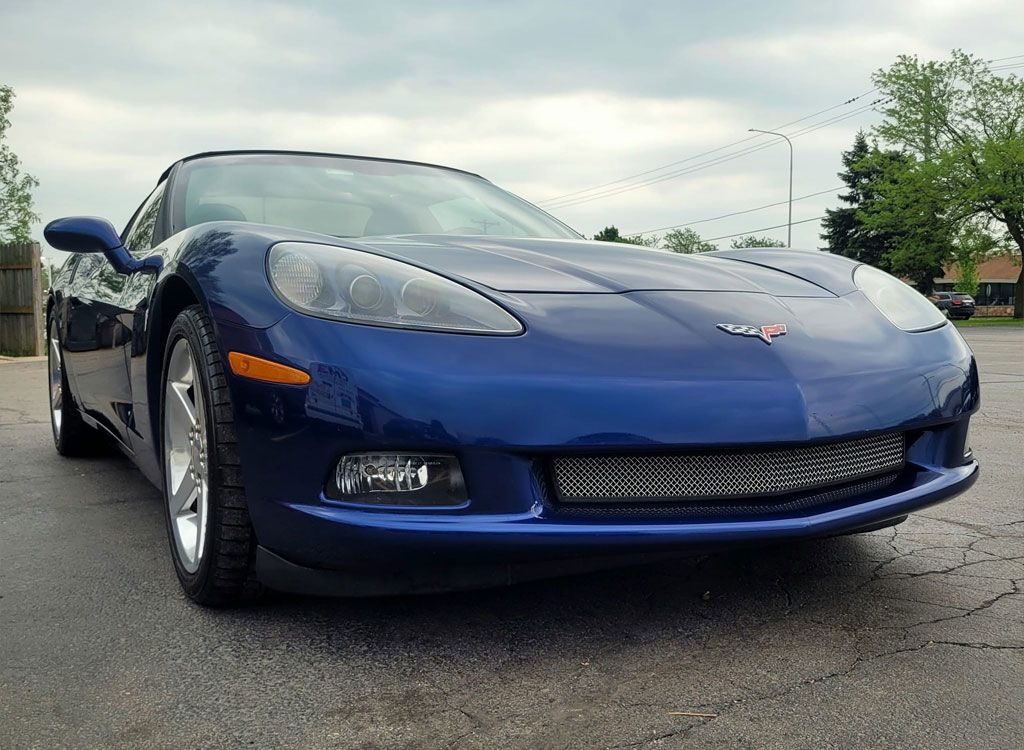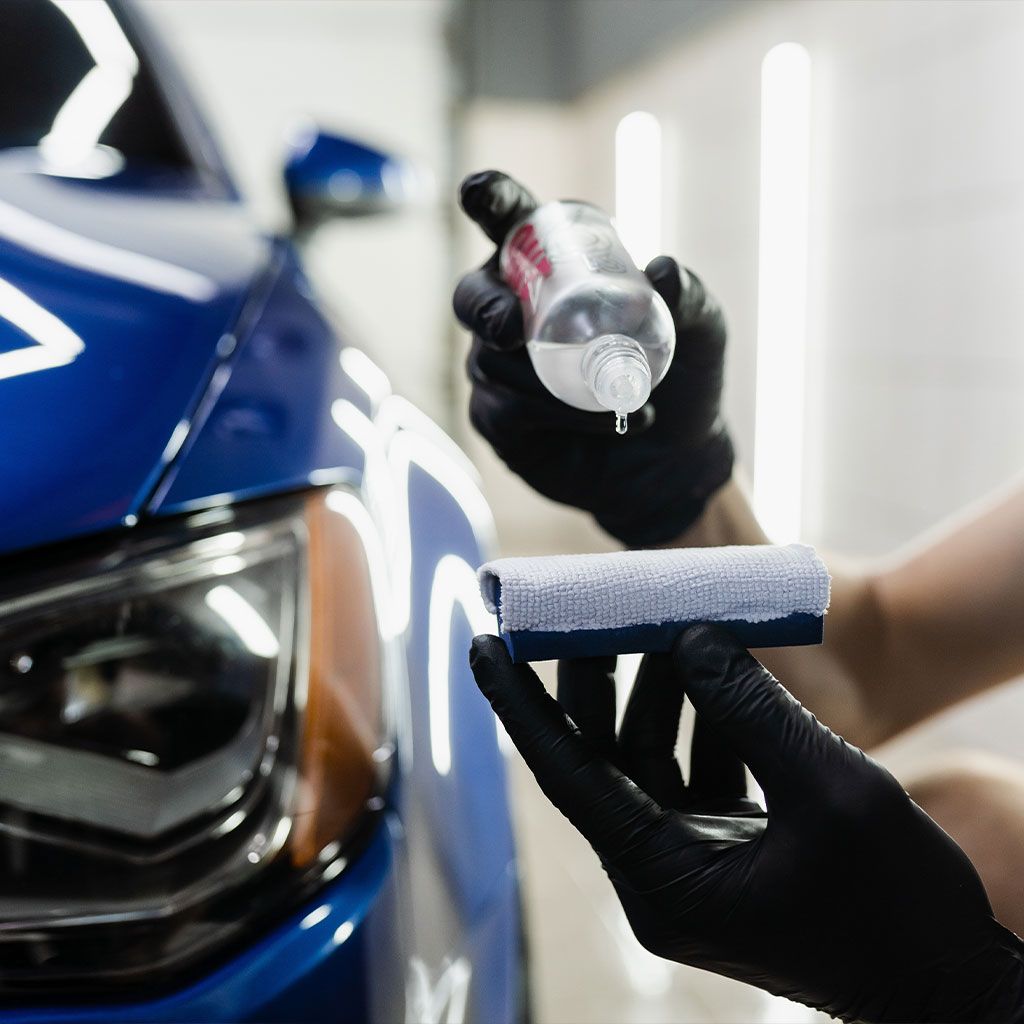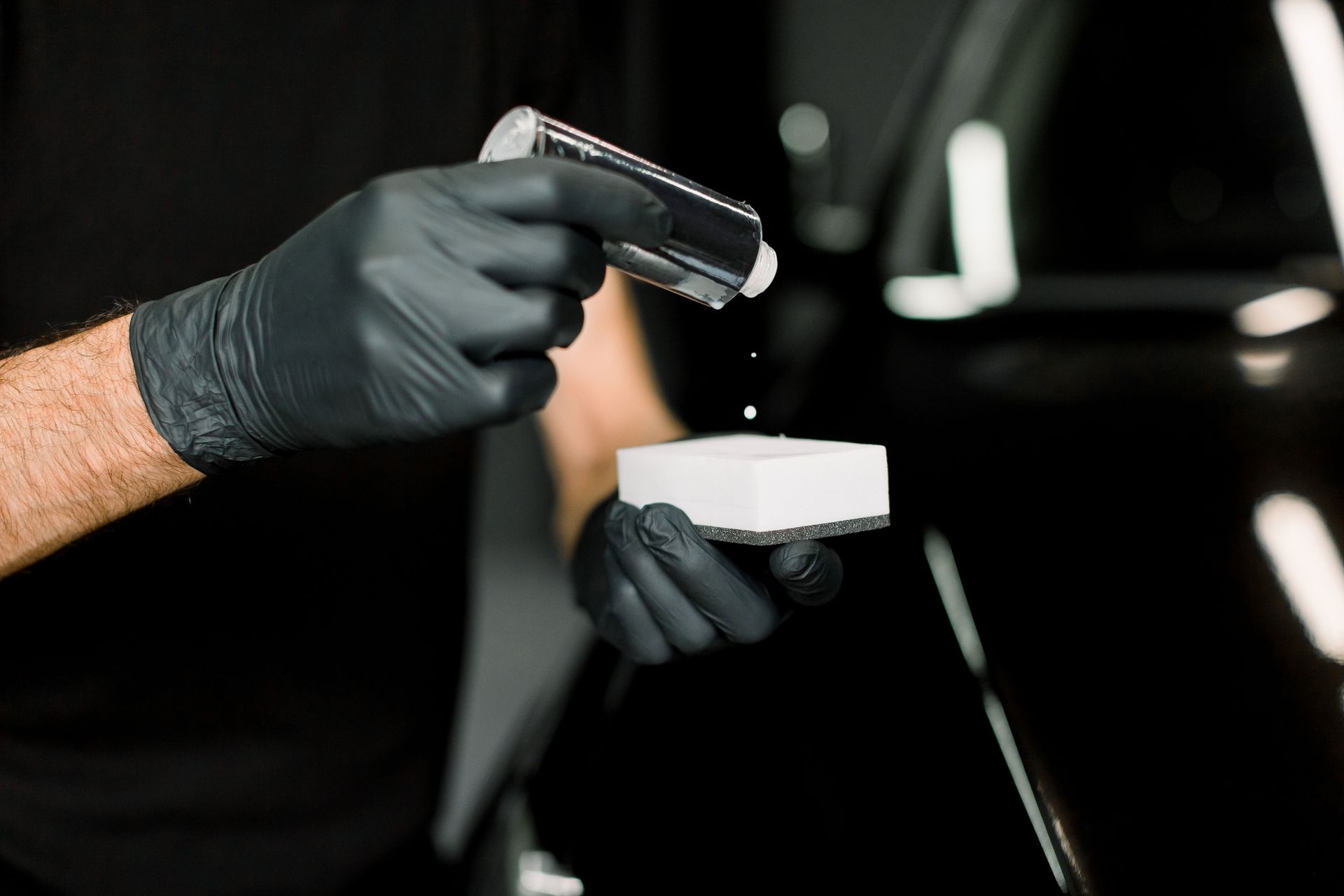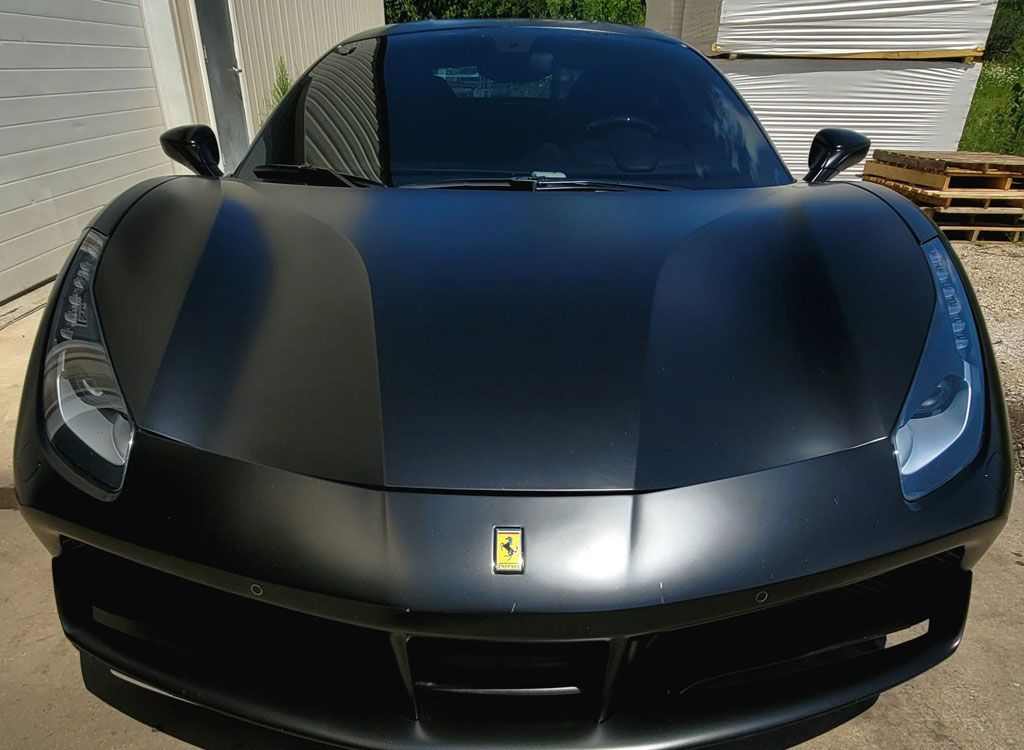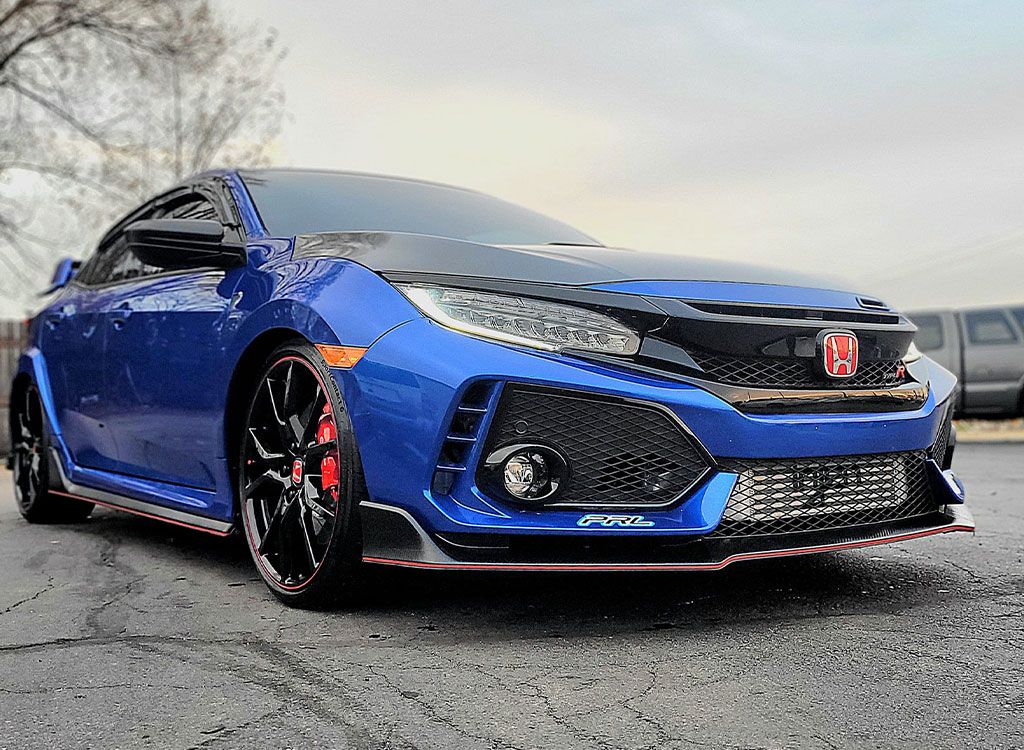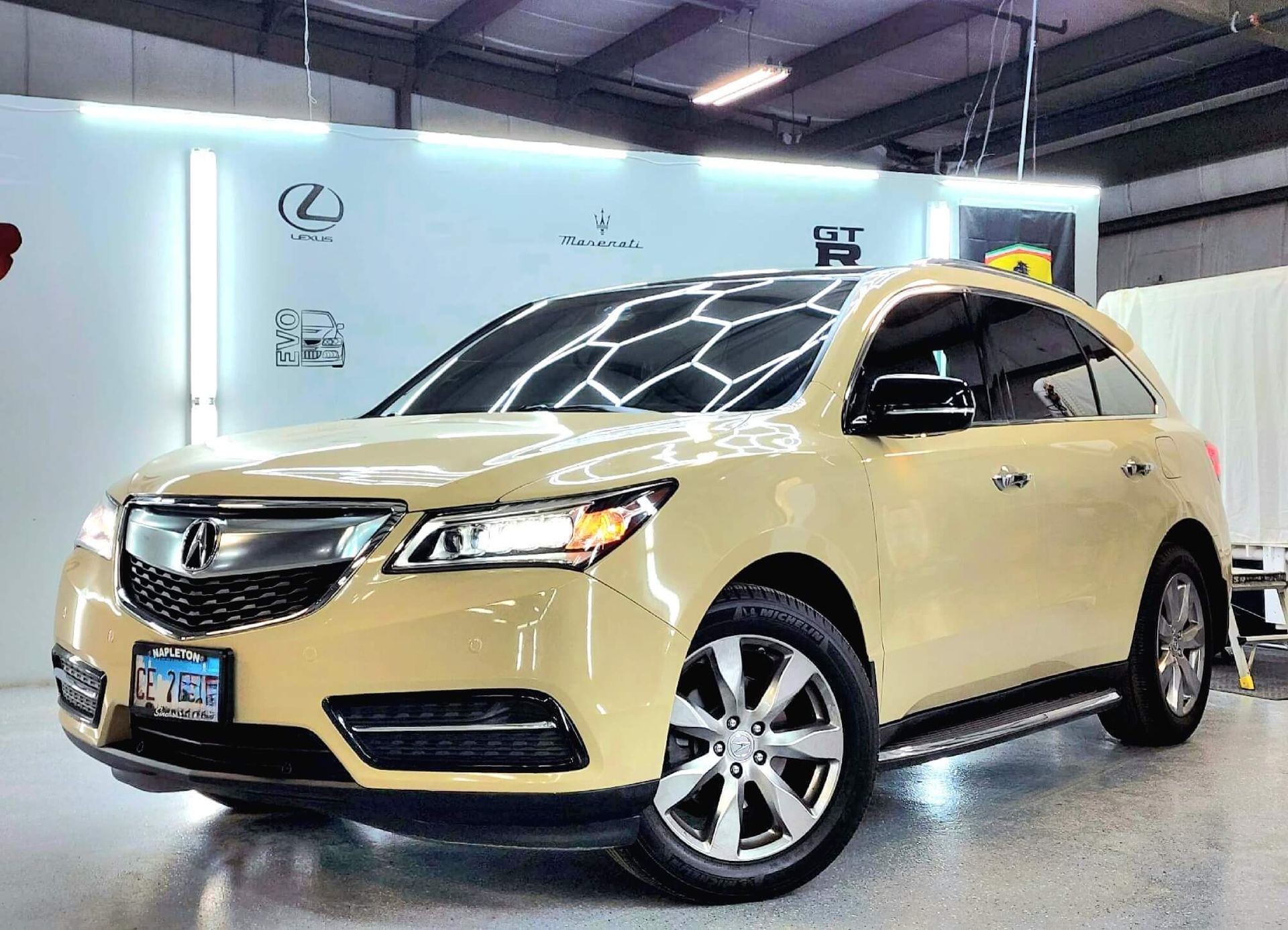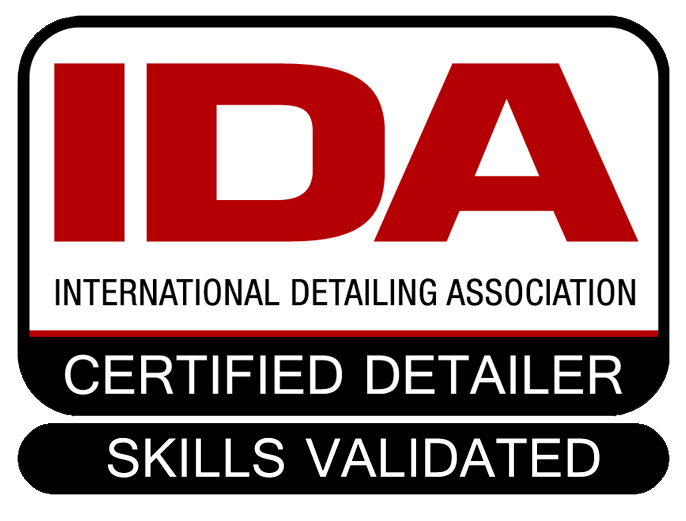The Role of Ceramic Coating in Preventing Damage from Acid Rain
When it comes to protecting your car, many people think washing and waxing are enough. But if you're living in an area where acid rain is common, those regular efforts might not cut it. You might be surprised to learn just how damaging acid rain can be—not only to the environment but also to your vehicle's paint job. This is where ceramic coatings come into play. They offer a strong shield that not only helps keep your car looking shiny and new but also fights back against the harmful effects of acid rain. Let's dive deeper into this innovative technology and see why investing in a ceramic coating can truly make a difference for your vehicle.
Ceramic coatings act as a durable protective layer for vehicle paint, significantly reducing the damaging effects of acid rain by creating a hydrophobic surface that repels water and contaminants. This barrier not only enhances resistance against acidic components but also minimizes the potential for corrosion and etching on the vehicle's exterior when applied correctly and maintained properly.
The Basics of Ceramic Coatings
Ceramic coatings are fascinating products that are reshaping how we protect our vehicles. Typically, they're made primarily from silicon dioxide (SiO2) and sometimes include a blend of other compounds. When applied, these liquid polymers create a bond with the surface of the vehicle's paint, resulting in an exceptionally durable layer. This bond gives ceramic coatings their impressive longevity compared to traditional waxes or sealants.
How It Works
Once the ceramic coating is expertly applied, it offers a glass-like finish that amplifies the natural shine of your car while serving a crucial purpose. The real magic lies in its hydrophobic properties; this means that instead of adhering closely to the surface, water—and the contaminants it carries—will bead up and roll off effortlessly. Whether it's rain, bird droppings, or road salt, these harmful elements can't penetrate the protective layer as they might on untreated surfaces.
Studies demonstrate that ceramic coatings can reduce the damage inflicted by acid rain on vehicle paint by as much as 80%. This remarkable resilience to acid rain is particularly vital for those living in areas with higher pollution levels or heavy rainfall containing acidic components. A well-maintained ceramic coating isn't just about aesthetics; it preserves your vehicle's integrity against relentless environmental factors that could lead to costly repairs down the line.
Moreover, prepare to be amazed at how thick these coatings can be, generally ranging from 1 to 2 microns. This thickness plays a significant role in enhancing surface protection, vastly outperforming traditional wax products, which often wear off within months. In addition to lasting longer—anywhere from two to five years with proper maintenance—a ceramic coating enhances hydrophobic properties by up to 90%. Imagine how effectively this boosts your vehicle's defenses against both mild weather conditions and harsh contaminants!
Understanding how these ceramic coatings provide substantial protection leads us to consider the critical aspects of acid rain itself and its impact on our environment and vehicles.
Understanding Acid Rain
Acid rain occurs when harmful pollutants, primarily sulfur dioxide (SO2) and nitrogen oxides (NOx), are released into the atmosphere. These substances often come from burning fossil fuels in power plants, vehicles, and industrial processes. Once in the air, they can react with water vapor, oxygen, and other chemicals. This reaction transforms them into nitric and sulfuric acids, which then mix with rainwater, leading to precipitation that has a significantly lower pH than regular rain.
The typical pH of normal rain hovering around 5.6 is due to the natural presence of carbonic acid formed from carbon dioxide in the atmosphere. However, acid rain reflects a more alarming condition; it usually registers at a pH between 4.2 and 4.4, indicating significant acidity. It’s crucial to note that the pH scale, which ranges from 0 to 14—with 7 being neutral—shows that as numbers decrease, acidity increases. A drop in pH may seem minor but can have profound effects on materials.
Research by the Environmental Protection Agency (EPA) notes that acid rain can damage vehicle paint finishes and overall integrity by up to 50% over time if preventative actions are not taken. In practice, this translates into accelerated corrosion rates for unprotected surfaces. Studies suggest that untreated metal surfaces might corrode at rates up to 0.1 mm per year, primarily due to these acidic conditions. Knowing how acid rain develops lays the groundwork for understanding its ramifications on vehicle care and the importance of implementing effective protection strategies.
Furthermore, local pollution levels heavily influence the acidity of rainfall in any given area. Regions with dense industrial activity tend to experience more aggressive acid deposition due to higher emissions of SO2 and NOx. Therefore, if you live near a factory or a highway known for heavy traffic, your car may be exposed to more corrosive acids than areas with less pollution.
Considerations for Protecting Your Vehicle
To mitigate the damaging effects of acid rain on vehicles, regular washing is essential. A clean surface minimizes the chance for contaminants to interact with your paint—a common issue during a rainstorm when dirty surfaces attract more acidic droplets.
Recommendation: Coat your vehicle with high-quality ceramic coatings that offer superior protection against these environmental hazards. Reputable products are excellent choices designed for everyday consumers wanting robust protection. The right application not only shields against acid rain but can provide lasting defense that stretches from three to five years. With this foundation on the implications of acid rain in mind, you will find it useful to explore how innovative protective solutions combat this environmental threat effectively.
How Ceramic Coatings Combat Acid Rain
At the core of ceramic coatings lies a remarkable ability to create a hydrophobic surface. This means that water, including acid rain, does not adhere easily to surfaces treated with these coatings. Instead of puddling or lingering on the vehicle's finish, water beads up and rolls off quickly. This speedy removal of moisture significantly reduces the time that acidic components remain in contact with the paint, which is crucial in mitigating damage. When acid rainwater cannot cling to the surface, it minimizes opportunities for corrosion caused by the harmful elements dissolved within those raindrops.
An added advantage lies in the protective layer provided by ceramic coatings. This layer acts as a buffer against chemical reactions that typically occur when acids from precipitation react with exposed paint. While untreated paint can oxidize and deteriorate after prolonged exposure to acid rain, a vehicle covered with a quality ceramic coating is far less vulnerable to these damaging processes. The chemically resistant properties of ceramic coatings allow them to withstand even lower pH levels without degrading, which is a significant asset considering that acid rain can register between 4.0 and 5.0 on the pH scale.
Research shows that vehicles treated with ceramic coatings can experience up to a 90% reduction in surface etching due to acid rain compared to those without any protection.
Mechanism of Protection
To break it down further, there are three main ways ceramic coatings provide robust protection against acid rain:
- Hydrophobic Barriers: These barriers repel water effectively, ensuring that contaminants are less likely to settle on your car’s paint.
- Chemical Resistance: The coating provides an extra layer that combats chemical reactions inherent in acidic interactions, preserving the integrity of the underlying paint.
- Structural Integrity Maintenance: By preventing prolonged exposure to corrosive elements, ceramic coatings help maintain the overall condition of the vehicle’s exterior, extending its lifespan significantly.
Well-maintained ceramic coatings can last for years without significant wear, dramatically outlasting traditional sealants or waxes, which might offer only temporary relief against environmental hazards. Owning a vehicle treated with such durable protections means investing in peace of mind—knowing you have actively taken steps to mitigate damage from acid rain and other harsh elements.
Understanding how these protective mechanisms work will serve as a foundation for recognizing the distinct advantages offered by ceramic coatings in automotive care. Now let's explore more about their benefits in greater detail.
Key Benefits of Using Ceramic Coatings
One of the standout features of ceramic coatings is their enhanced durability. When applied correctly, these coatings can endure the rigors of daily exposure for three to five years, and in some cases, even longer with premium products. Longevity matters—think about the hassle and expense of frequent touch-ups for protection. With ceramic coatings, you invest in a long-term barrier that keeps your vehicle shielded from environmental elements, ensuring your paint remains intact.
In addition to their durability, ceramic coatings add an impressive shine to your vehicle's surface. Imagine stepping outside after a storm and finding gleaming surfaces instead of dull ones covered in grime. A user story I came across on Reddit captured this perfectly when someone shared how their vehicle retained that pristine shine even two years later—despite being buffeted by harsh weather conditions. This aesthetic appeal enhances your enjoyment of the vehicle and contributes to better resale value down the line.
Notably, there's another layer of convenience associated with having a ceramic-coated vehicle: ease of cleaning. This benefit saves both time and effort. According to a survey by Consumer Reports, an impressive 84% of participants found that their cars needed washing less frequently after applying ceramic coating. Because dirt and grime have a harder time sticking to the slick surface created by these coatings, routine cleaning becomes much easier—what used to be a strenuous chore turns into a simple rinse-off.
Beyond just looking good and reducing upkeep time, these coatings also combat potential damage from contaminants that can arise in everyday driving scenarios. Every time you park under trees or venture through construction zones, your vehicle risks damaging residues. A quality ceramic coating stands ready to protect against these threats and reduce maintenance stress considerably.
While ceramic coatings may seem like an added expense up front, they deliver value through their durability, stunning shine, and ease of cleaning. By safeguarding your vehicle against both environmental damages like acid rain and the wear that comes from daily life, you are investing in an extended lifespan for your beloved car or truck—it’s protection that pays dividends for years to come!
As we consider the remarkable benefits that ceramic coatings offer, it's essential to understand how long this protective layer truly lasts under varying conditions.
Assessing the Longevity of Ceramic Protection
The durability of ceramic coatings has become a significant selling point in recent years. With advancements in technology, some coatings now promise a lifespan of up to eight years. This means your investment doesn’t just serve as a temporary shield against elements like acid rain and UV rays; it can provide long-term protection that keeps your vehicle looking pristine. However, several factors influence how long this protective layer holds up.
Factors Influencing Longevity
Longevity in the context of ceramic coatings refers to the duration over which they can maintain their intended protective properties without degrading or requiring reapplication.
- Application Quality: If the coating is not applied correctly—say, if it’s done in excessively humid conditions or on a dirty surface—the bond won't be effective, leading to premature wear and tear. Getting it done by a seasoned professional can make all the difference here, ensuring that the coating adheres optimally and stays effective for years.
- Environmental Exposure: Plays a notable role in determining longevity as well. For instance, vehicles parked in heavily industrialized areas or those frequently exposed to extreme weather conditions—like heavy rain or intense sun—are likely to experience faster degradation compared to those kept in more temperate climates. The cumulative effects of acid rain and other pollutants can compromise that sleek finish over time.
- Maintenance: Vital for ensuring that your ceramic coating lives up to its promised longevity. While these coatings often boast hydrophobic properties, they still require periodic gentle cleaning to remove dirt and grime that could potentially scratch or compromise the finish. Think of your car like you would your skin: daily exposure to environmental elements necessitates some form of care to stay looking healthy and vibrant.
With these critical factors—application quality, environmental exposure, and maintenance—you set yourself up for success in enjoying long-lasting protection from your ceramic coating. By understanding these aspects, you can better assess whether investing in such coatings aligns with your needs and expectations moving forward.
Is a Ceramic Coating Investment Valuable?
Investing in ceramic coating can feel daunting, especially with initial costs that may appear significant. However, examining its long-term benefits presents a different picture. Ceramic coatings aren’t merely a surface enhancement; they act as a shield, providing durability and protection against environmental stressors like acid rain and UV rays. This means you're not just paying for a product but securing a lasting defense for your vehicle’s exterior.
Cost Analysis
The price of professionally applying ceramic coatings can range from $500 to $2,000. The final cost hinges on various factors, including the size of the vehicle and the type of product used. For instance, larger vehicles such as SUVs will incur higher fees due to more surface area requiring treatment. When analyzing this expenditure, it’s vital to compare it against ongoing maintenance costs such as frequent waxing or paint corrections—these can accumulate significantly over time. In fact, regular waxing can set you back approximately $100 every few months, easily reaching thousands of dollars over several years. Taking those figures into account reveals that while ceramic coatings require an upfront investment, they often lead to considerable savings in the long run.
Return on Investment
To illustrate this point further, consider the experience of a car enthusiast who shared their journey after investing in a ceramic coating. They noted saving around $800 annually on car washing and maintenance post-application of the coating. This means that within just 2.5 years, their initial outlay was effectively recuperated through reduced upkeep costs. The beauty is in its convenience; they no longer had to dedicate countless hours or resources to maintain their car's shine.
While no protective solution achieves total maintenance freedom—occasional inspections and cleaning are still necessary—ceramic coatings offer robust protection against damaging agents while enhancing your vehicle's overall aesthetic appeal. Thus, for car owners committed to preserving their vehicle's integrity over time, the value proposition becomes clear: investing in ceramic coatings is not just beneficial—it’s essential for anyone wanting to shield their investment from deteriorating external elements like acid rain.
With this understanding in place, let’s consider how you can choose the right ceramic coating for your specific needs, ensuring optimum protection and performance tailored for your vehicle. As we explore the world of ceramic coatings further, it's essential to remember that each investment decision ultimately reflects your priorities in protecting what matters most to you. A thoughtful choice today can save both effort and money tomorrow.
Ultimate Protection with Expert Ceramic Coating in Elgin, IL
Discover the unmatched durability and shine of ceramic coating services offered by CM3 Detailing Studio & Ceramic Coating in Elgin, IL. Our professional-grade coatings shield your vehicle from harsh weather, UV rays, and everyday wear while enhancing its glossy finish. With meticulous application and premium products, we deliver long-lasting protection that keeps your car looking impeccable. Protect your investment and enjoy a flawless exterior—schedule your ceramic coating service with CM3 Detailing Studio & Ceramic Coating today!

